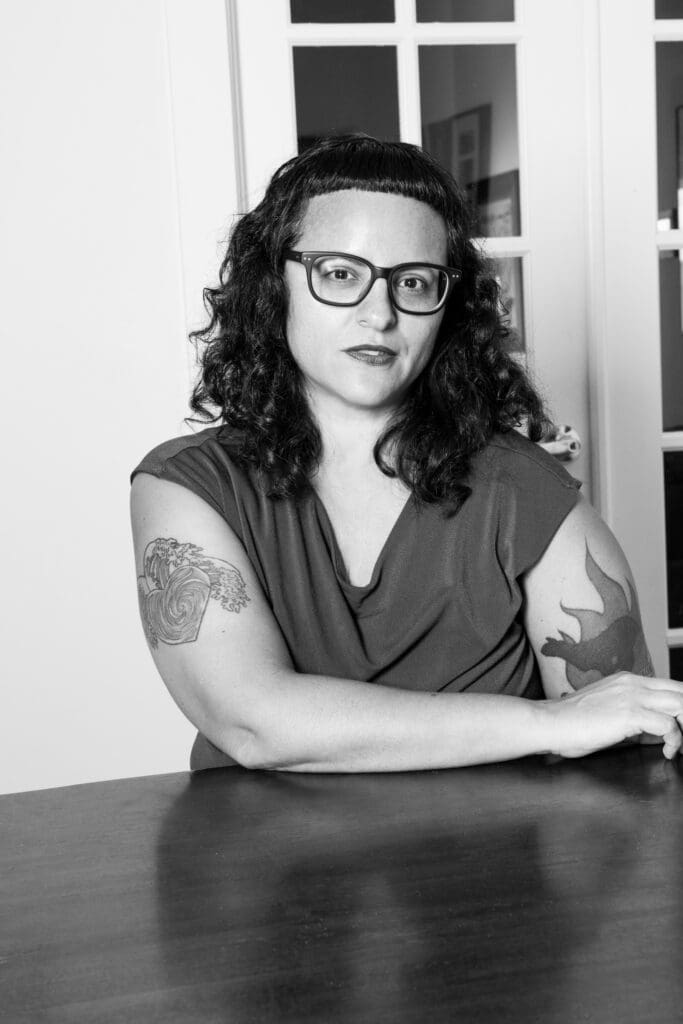David L. Ulin is the book critic at the Los Angeles Times, as well as the author of the books The Myth of Solid Ground: Earthquakes, Prediction, and the Fault Line Between Reason and Faith and The Lost Art of Reading: Why Books Matter in a Distracted Time, the novella Labyrinth, and the editor of the Library of America’s Writing Los Angeles: A Literary Anthology. He is also a ZYZZYVA contributing editor.
For the 100th issue, Ulin contributed “Green Shirt,” a riveting essay about (ostensibly) a deep-seated fear of flying and how the writer preps himself for boarding a plane. Erudite, roving, and surprising, “Green Shirt” touches upon Death Cab for Cutie and Elvis Costello, Kurt Vonnegut and Philip Roth, Gretel Ehrlich and Twiggy. “What are the rituals,” he writes toward the end, “… that contain us, even (or especially) if we cannot be contained? This is why stories are important; yes, they may be contradictions, but contradictions are what we have.”
The following is an excerpt from “Green Shirt.” The piece can be read in its entirety in the 100th issue, which you can get here.
[…]
Continue Reading

